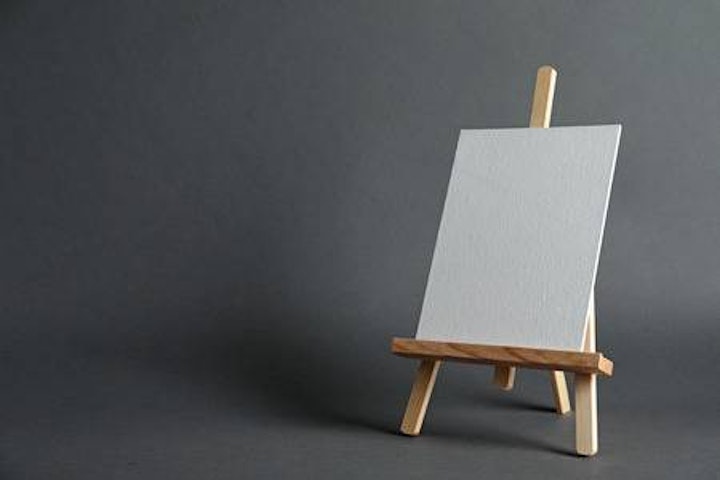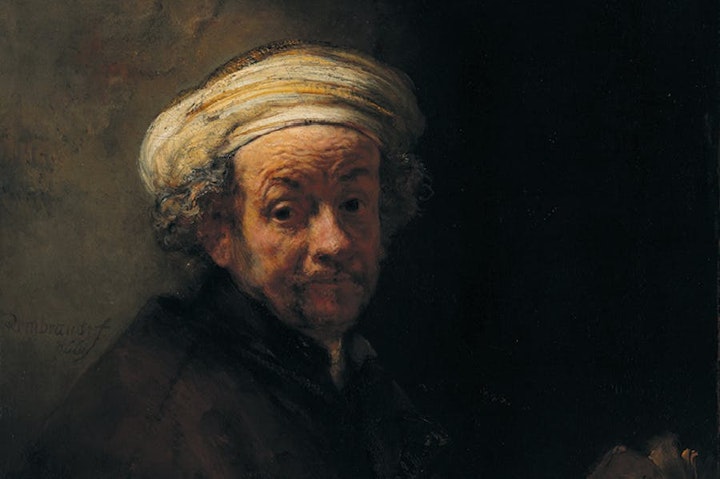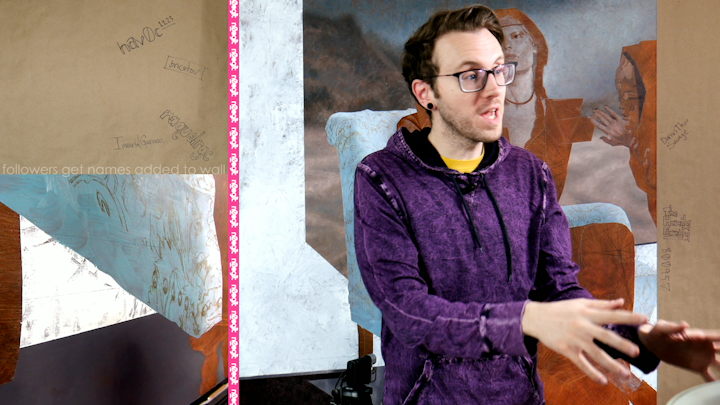The Definitive Oil Painting Starter Kit
Are you stuck at home at looking for some sort of creative outlet? This COVID-19 situation has people revisiting their past loves - music, art, books - you name it. If you've painted before and oil painting is something you always wanted to try, or if you're just looking to try something different, I'll make sure you have everything you need to do it right.
1. Something to Paint On
Professional oil painters will usually build their own panels or stretch their own canvas. That is something you should eventually learn, but it's not necessary to start. You can get pre-stretched canvas or pre-built panels inexpensively at your local art supply shop.
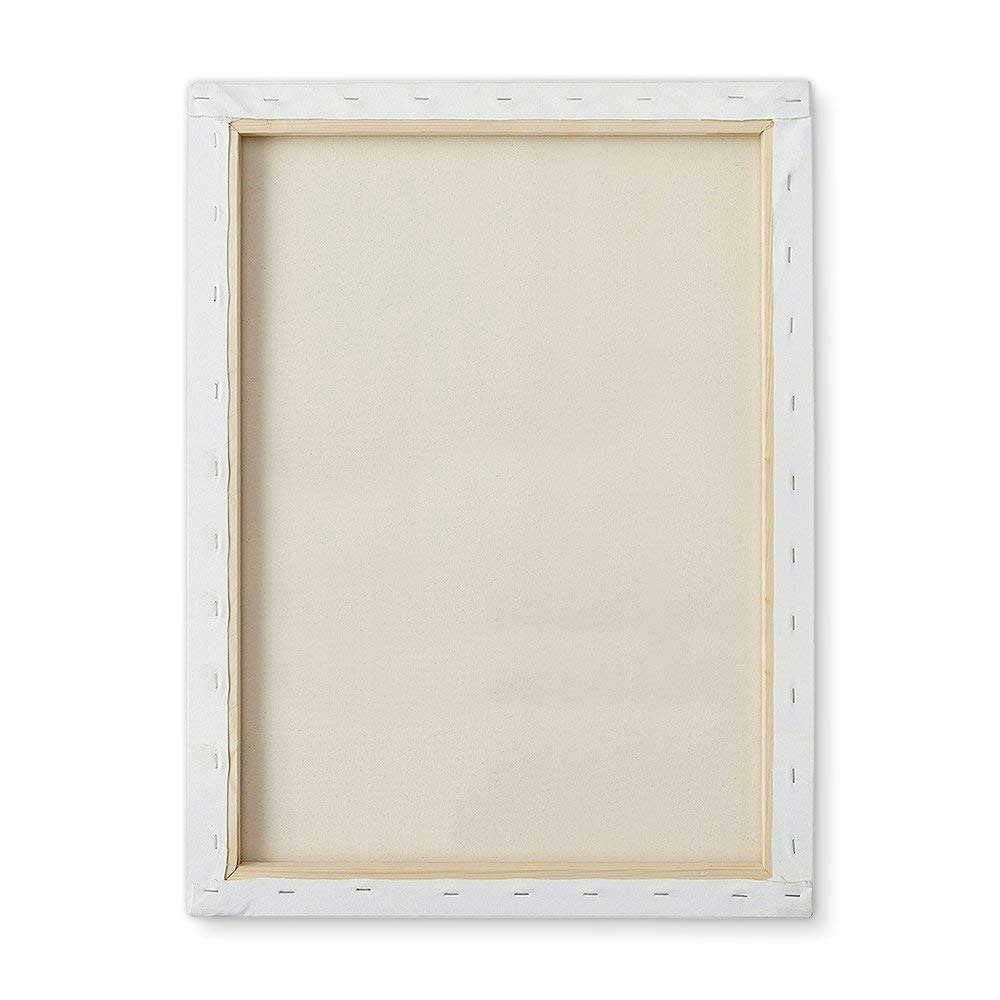
Which should you go with? Well, if you're looking for texture that will really grab thick, expressive paint off your brushes, then canvas is the way to go. If you want more subtle control over thinner paint and work a bit more realistic, then you definitely want a panel.
2. Preparatory Stuff
This is a group of items that are typically overlooked by beginners. They're important, but they aren't part of the brush, paint, surface workflow, so people don't realize they need them until it's too late.
While you're buying your canvas or panel, make sure you buy acrylic gesso. This stuff is essentially opaque white acrylic paint and it's used to prime your surface. Without it, you'll be putting oil on canvas or wood, and like any other oil (with the exception of maybe mineral oil), it will rot canvas and wood. You going to want 3 coats on this between your paint and your surface.
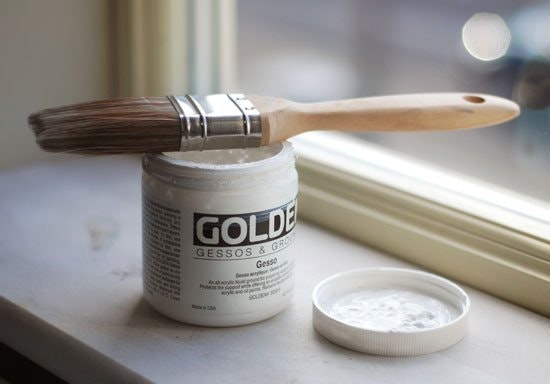
You also want something called oil medium or linseed oil. It's what you use to thin oil paint. Definitely don't use paint thinner (a.k.a. turpentine or turpenoid or mineral spirits) to thin your oil paint. That's just for cleaning brushes. Pick some of that up, too, though.
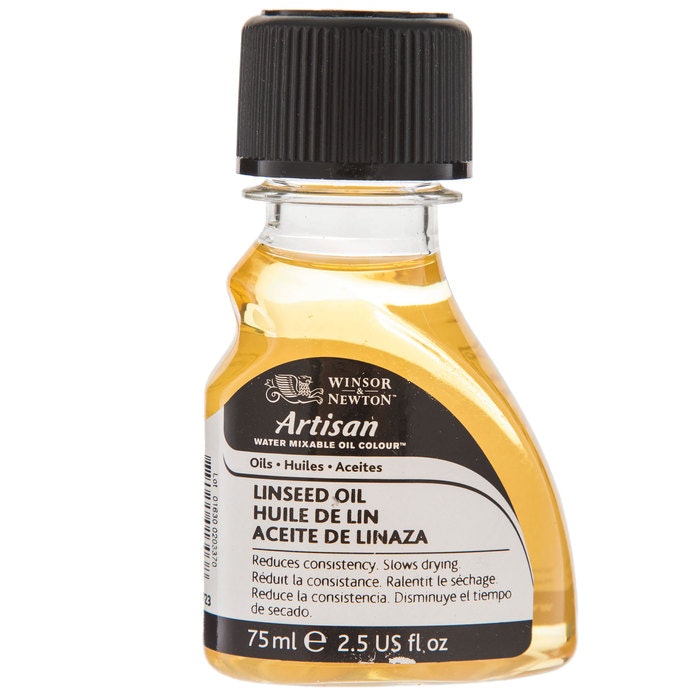
Along with your mineral spirits, grab a mason jar and a round plastic brillo pad. You can put this in the bottom of the jar and fill it with the mineral spirits to make a great brush cleaner.
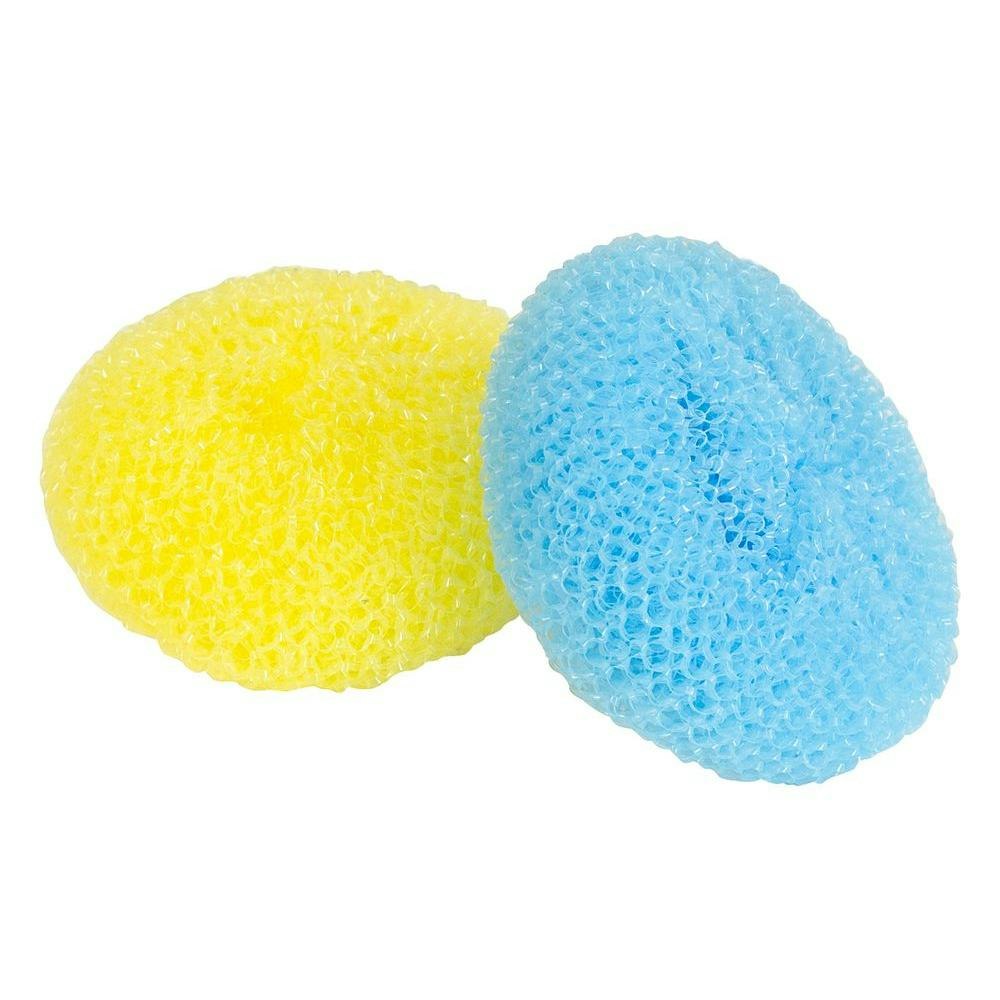
3. Paint
In terms of paint, don't buy a ton. Start with your primary colors (blue, yellow, red), a lot of white, and some neutral browns (burnt umber and/or burnt sienna). This will let you mix basically any color you need. If you need help mixing, check out my guide on mixing colors and setting up your palette. I recommend Windsor Newtons "Winton" line of paint. It's great and inexpensive. You also want a palette knife and a palette if you don't already have them.
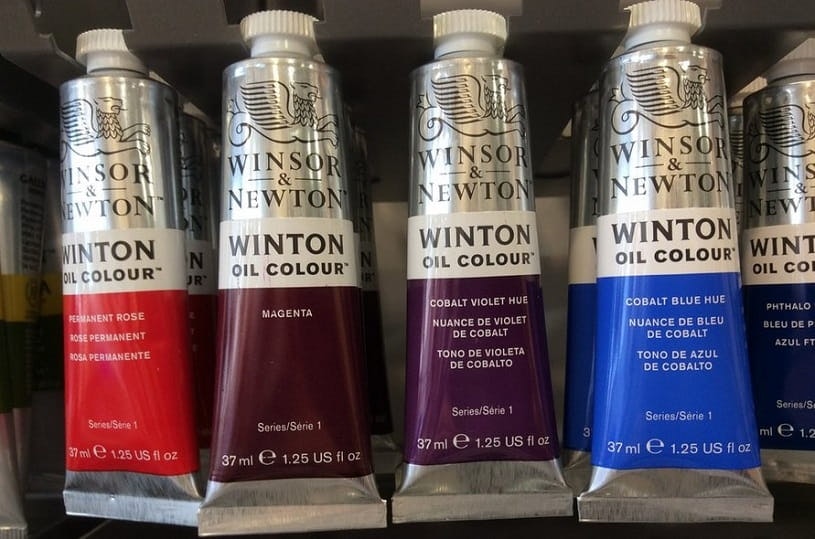
4. Brushes
Depending on the size of your canvas or panel, you will want different sized brushed. I recommend 1 or 2 differing sizes of philbert, round, and flat brushes. Also, get 1 big brush, maybe a philbert, and one very small detail brush. Remember you want coarse hair brushes for oil, as compared to the smooth acrylic brushes.
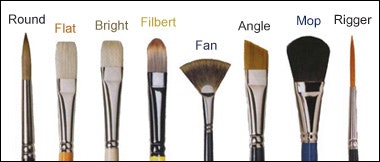
5. Acrylic Paint?
Yes, grab a tube of burnt sienna in acrylic. A transparent layer of this after priming will give you an amazing middle value surface to paint on (called an imprimatura). Remember you can layer oil on acrylic, but not the other way around. You can use oil for this, but it will take a week or 2 to cure, which is a great way to lose interest.
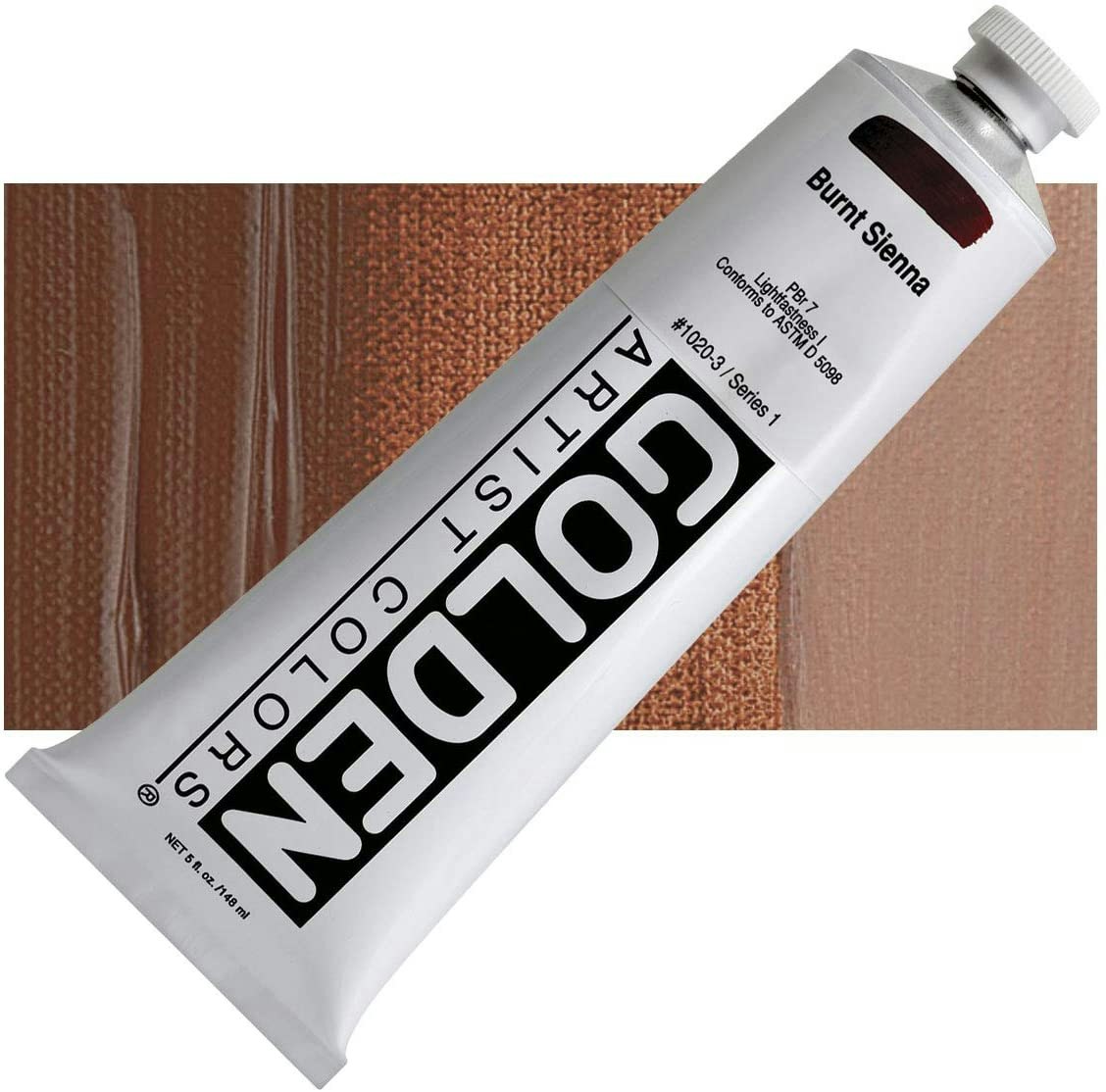
6. Music
Grab you current album or playlist of choice. You wanna get lost in the process and shut everything else out. That's how you make great stuff.
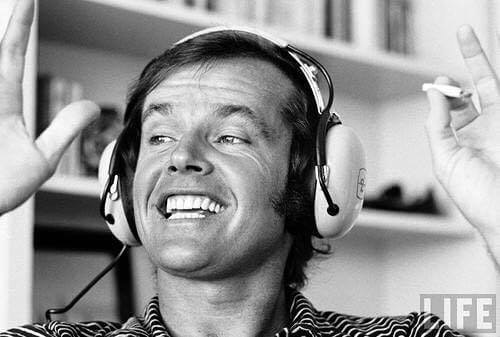
--------
After you have all of this, you're ready to paint. If you are unsure how to start, you can check out my guide on direct vs indirect painting or my weekly twitch streams on Monday and Tuesday nights, or my YouTube channel. Tag me in your work on Instagram (@n0ogit) so I can check it out. I'd love to see it.
Good luck and make something you love.
